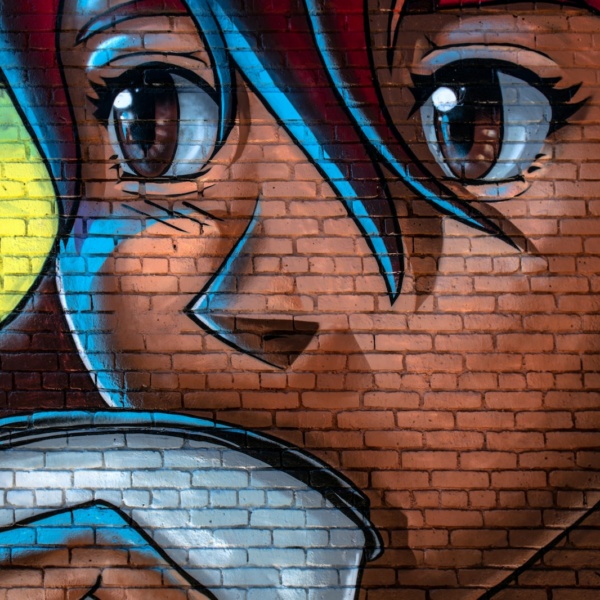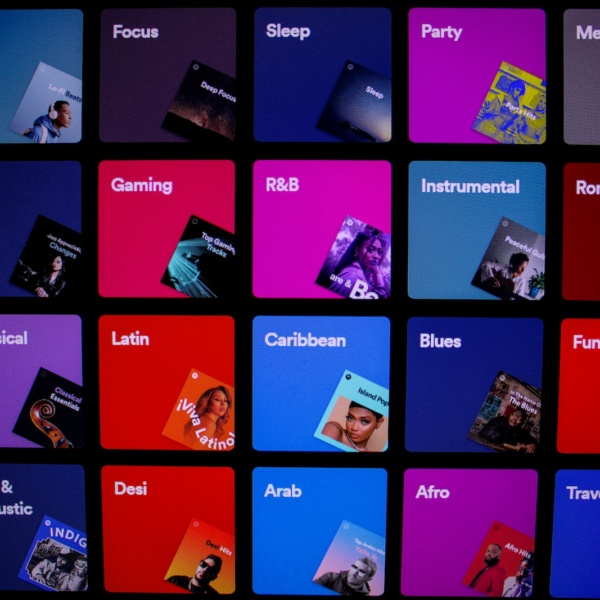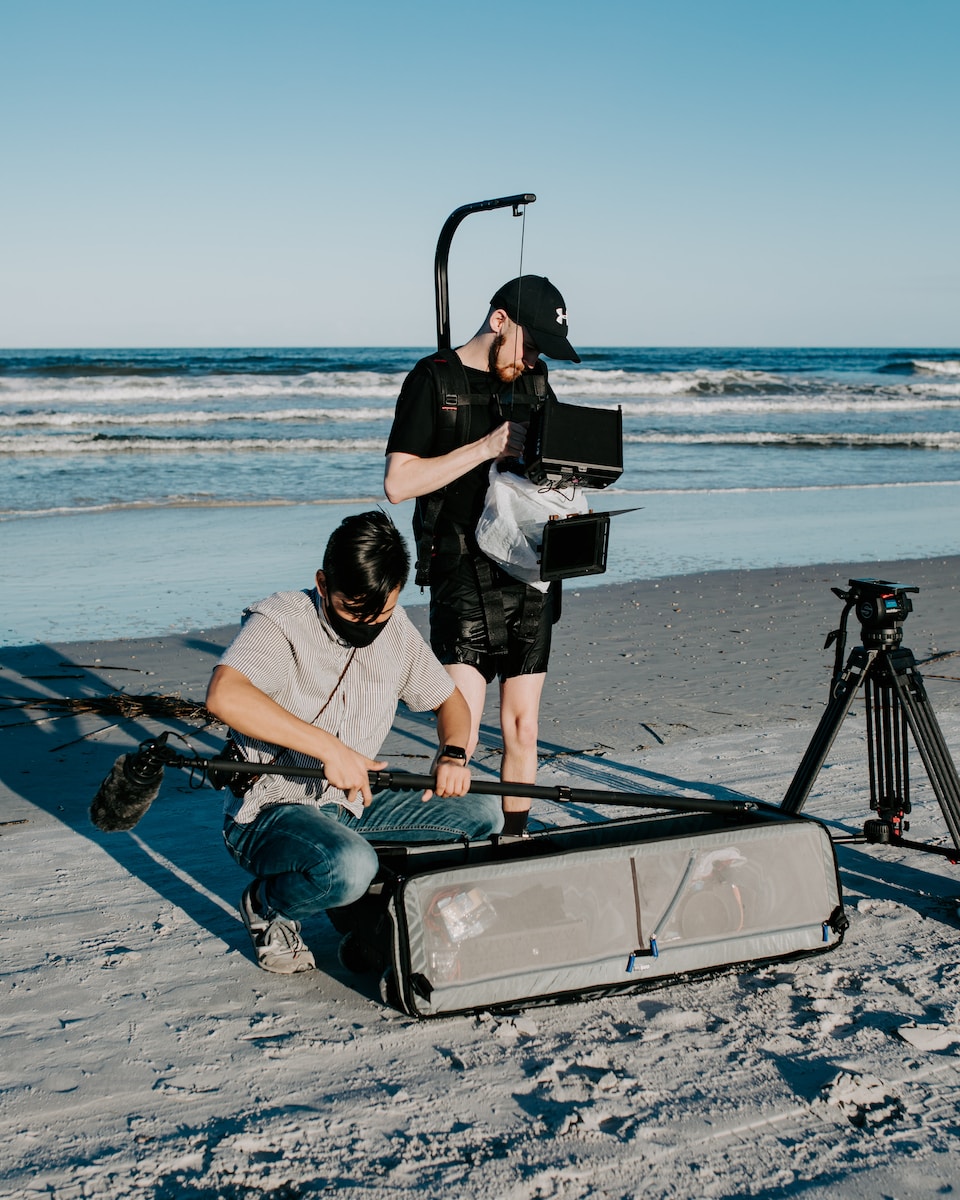
Lights, camera, action! While the stars take the spotlight, there’s an unsung hero behind the scenes shaping the very canvas upon which the cinematic story unfolds – the movie set designer. As someone who’s been immersed in the magical world of movies for the past four years, let’s embark on a journey behind the scenes to explore the intricate craft of set design. Get ready for a ride through the whimsical, the gritty, and the fantastical as we delve into the art of creating memorable environments.
The Set Designer’s Palette: From Sketch to Reality
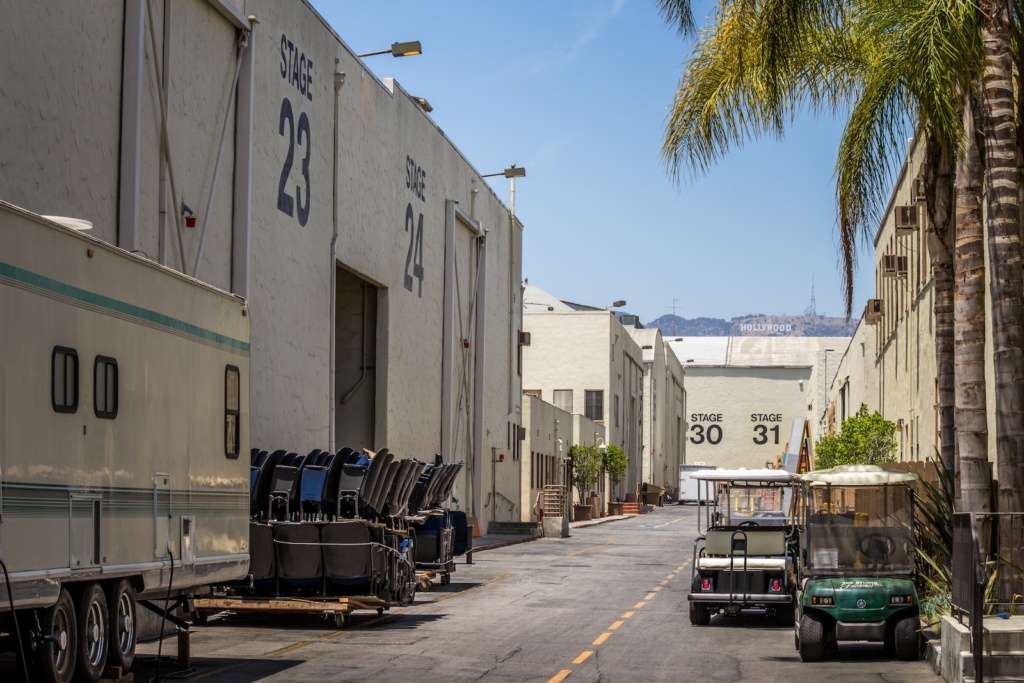
Imagine a blank canvas waiting to be transformed into a living, breathing world that complements the director’s vision. That’s the challenge set designers face. Armed with sketches, blueprints, and a touch of magic, they give life to the fictional realms that captivate audiences.
For instance, take the world of “The Grand Budapest Hotel” (2014), directed by Wes Anderson. Production designer Adam Stockhausen, along with set decorator Anna Pinnock, meticulously crafted each set to match Anderson’s distinctive visual style. The result? A quirky and visually stunning world that feels like stepping into a living painting.
Historical Accuracy Meets Cinematic Flair: “The Godfather” Trilogy
In the case of “The Godfather” trilogy (1972-1990), set designer Dean Tavoularis faced the monumental task of recreating different eras and locations with historical accuracy. From the rustic charm of Vito Corleone’s olive oil business to the opulence of Michael Corleone’s Lake Tahoe estate, each set was a testament to Tavoularis’ attention to detail.
The richly textured and authentic sets not only transported audiences to different periods but also became integral elements of the storytelling. Tavoularis’ work demonstrated how set design can be a storytelling device in itself, enriching the narrative with visual cues and atmosphere.
The Fantasy Realms: Tim Burton’s Wonderland
Few directors have a visual style as distinct as Tim Burton, and his collaborations with production designer Rick Heinrichs have given us some of the most iconic fantasy worlds in cinema. Consider “Edward Scissorhands” (1990) or “Alice in Wonderland” (2010). Heinrichs’ sets, characterized by Gothic whimsy and twisted charm, create immersive environments that feel like stepping into a dream – or perhaps a slightly surreal nightmare.
The fantastical worlds crafted by set designers in fantasy films become characters in their own right, influencing the mood and tone of the story. These environments are more than just backdrops; they are essential elements that shape the narrative.
The Hyper-Realism of Christopher Nolan: “Dunkirk” and “Inception”
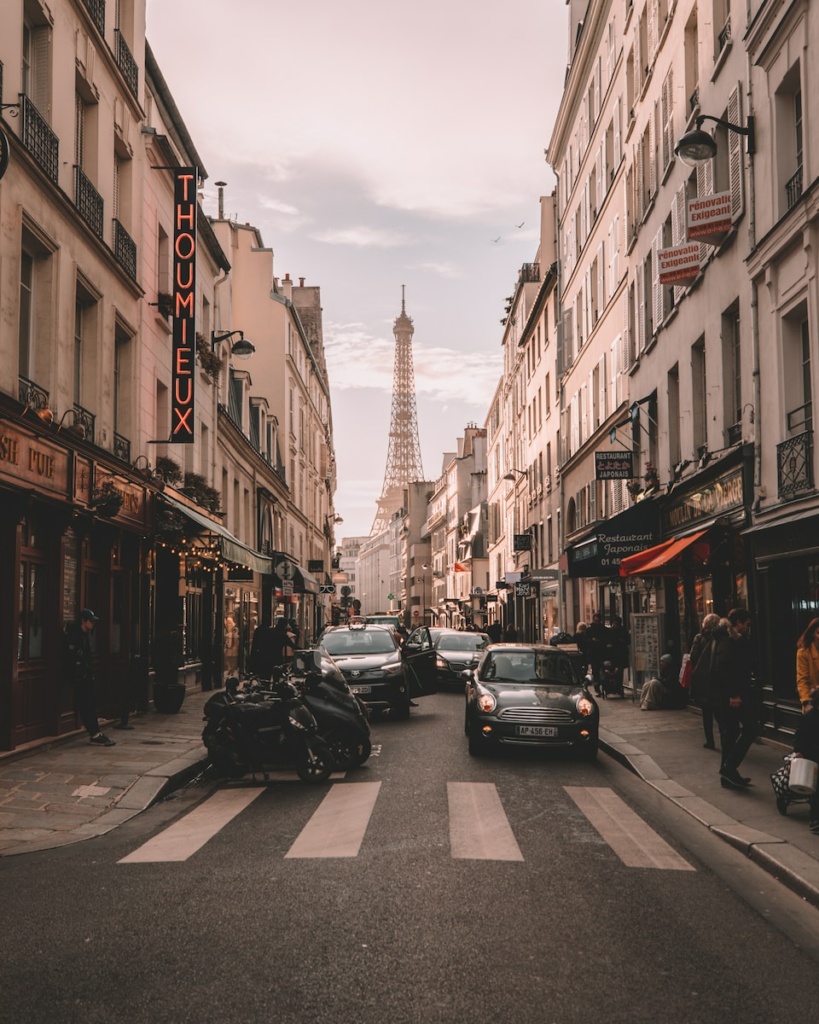
Christopher Nolan, known for his cerebral and visually striking films, collaborates with production designer Nathan Crowley to create worlds that are both hyper-realistic and dreamlike. In “Dunkirk” (2017), the recreation of the historic evacuation was meticulously detailed, with real ships, planes, and thousands of extras contributing to the authenticity of the set.
On the other hand, “Inception” (2010) took us into the labyrinth of dreams, where reality itself was a malleable concept. Crowley’s designs, from the tilted hotel corridors to the folding streets of Paris, blurred the lines between the possible and the impossible, contributing to the mind-bending experience of the film.
Modern Marvels: The Marvel Cinematic Universe
The Marvel Cinematic Universe (MCU) is a testament to the scale and complexity of modern set design. The MCU, spanning numerous films and interconnected storylines, demands a cohesive visual language across diverse settings. Production designer Charles Wood, responsible for films like “Guardians of the Galaxy” (2014) and “Thor: Ragnarok” (2017), creates environments that are as dynamic and diverse as the superheroes themselves.
From the celestial landscapes of Asgard to the vibrant, otherworldly realms of the Guardians, the MCU showcases the evolution of set design in the era of blockbuster filmmaking. Each location is a carefully crafted piece of a larger puzzle, contributing to the immersive experience of the interconnected superhero saga.
The Intimacy of Wes Anderson: Quirkiness in Every Detail
Returning to the quirkiness of Wes Anderson, his film “Moonrise Kingdom” (2012) exemplifies the intimate yet whimsical approach of set designer Adam Stockhausen. The film, set in the 1960s on a New England island, required a nostalgic yet idiosyncratic feel. Stockhausen’s sets, from the meticulously designed interiors of the characters’ homes to the whimsical Khaki Scout Camp, were a delightful playground of visual storytelling.
Anderson’s collaboration with Stockhausen is a testament to how set design can be a character in itself. The carefully curated environments contribute to the eccentric charm of Anderson’s films, creating a world where every detail matters.
From Hollywood to Bollywood: The Global Impact of Set Design

The art of set design extends beyond Hollywood, influencing filmmakers around the globe. In Bollywood, where musicals and vibrant storytelling reign supreme, sets become larger-than-life canvases for expression. Films like “Devdas” (2002), with its opulent palaces and grandeur, showcase the fusion of traditional Indian aesthetics with contemporary cinematic storytelling.
The global impact of set design is not just limited to scale; it’s also about infusing cultural nuances into the visual narrative. From the narrow streets of Italian villages to the bustling markets of Tokyo, set designers play a crucial role in creating authentic and immersive environments that resonate with audiences worldwide.
The Evolution of Set Design: Past, Present, and Future
As we traverse the diverse landscapes of set design, it’s worth acknowledging the evolution of the craft. From the practicality of classic Hollywood soundstages to the use of advanced technologies like CGI and virtual sets, set design continues to evolve, pushing the boundaries of what’s possible.
Films like “Avatar” (2009), directed by James Cameron and designed by Rick Carter, introduced audiences to the lush and alien world of Pandora, created through a groundbreaking combination of practical sets and cutting-edge CGI. The film marked a new era in set design, showcasing the seamless integration of physical and digital elements.
Conclusion: The Silent Stars of Cinematic Worlds
As we wrap up our journey through the art of movie set design, it’s evident that set designers are the silent stars behind the magic of cinema. They are the architects who build the worlds that captivate our imagination, the painters who fill the canvas with colors and textures, and the storytellers who bring scripts to life in three dimensions.
So, the next time you find yourself immersed in a film, take a moment to appreciate the intricate details of the sets – the carefully chosen props, the meticulously designed spaces, and the visual cues that transport you into the heart of the story. As I continue my exploration of the cinematic universe, I’ll be eagerly awaiting the next masterpiece crafted by the unsung heroes of set design.

